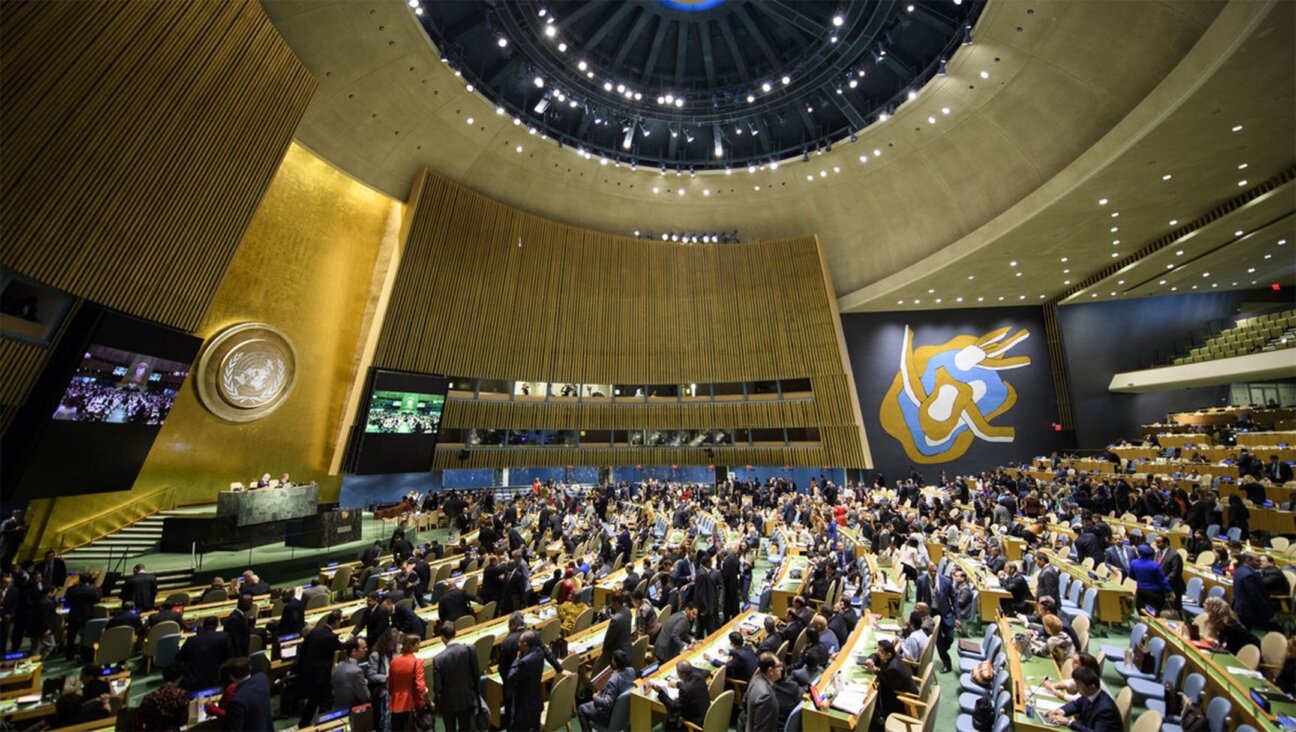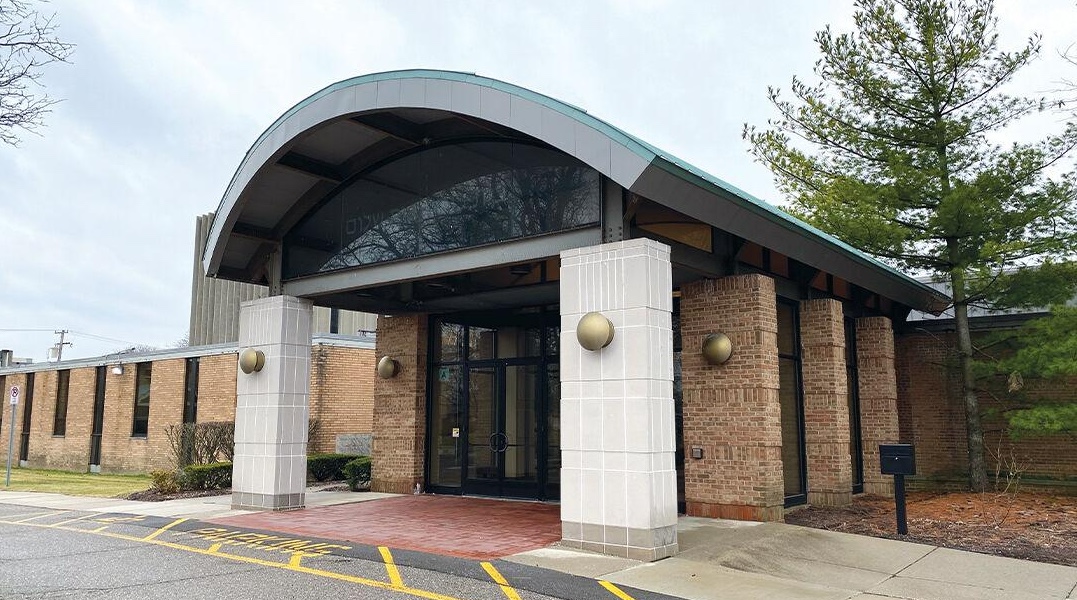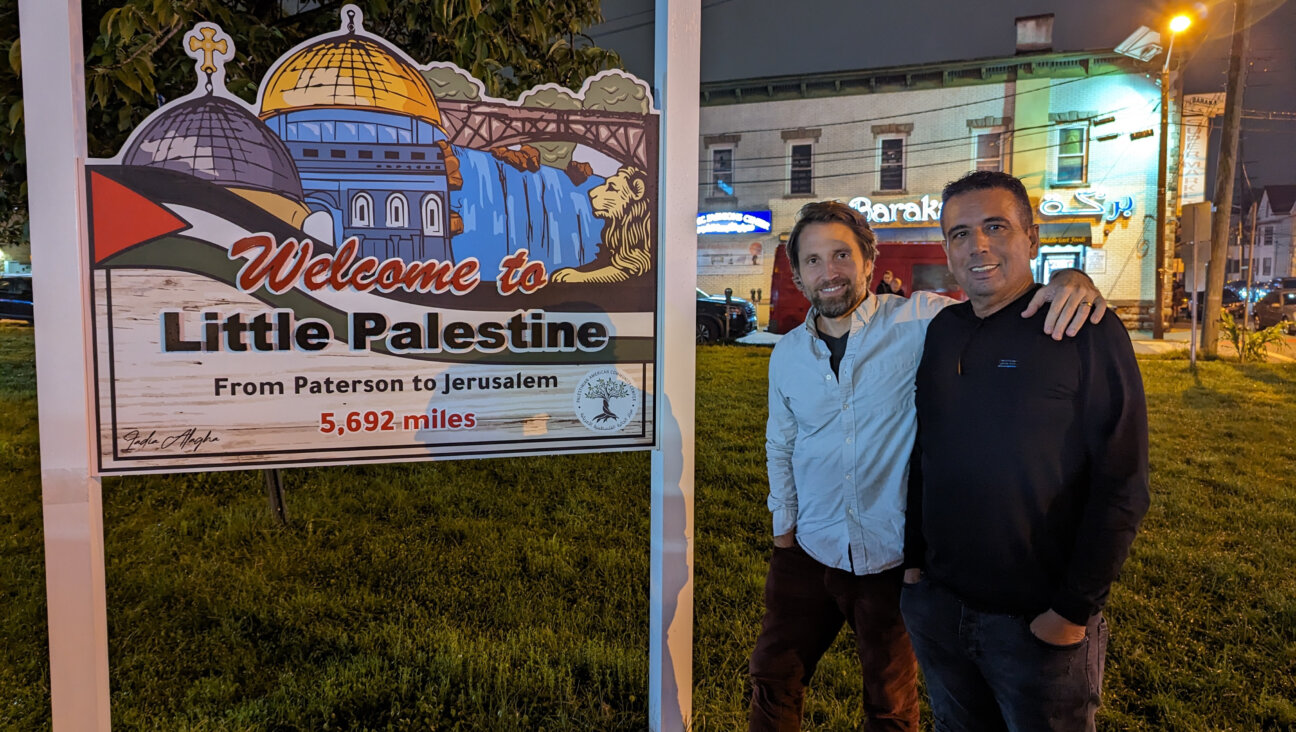Green Dreams and Red Tape: A Tale of Innovation, Squelched
Tilting at Mills: Green Dreams, Dirty Dealings, and the Corporate Squeeze
By Lis Harris
Houghton Mifflin, 241 pages, $25.
* * *|
The City of New York publishes a little booklet called the Green Book, which is a directory of every government agency in the city and all their leading officials. A copy sits on any serious urban reporter’s desk (and I know a few folks — fastidious or compulsive, take your pick — who have collections of them going back to the Beame years).
I used to thumb idly through mine, page after page of lists and acronyms in bantam-sized type, agog at the vastness of it all. What were these agencies? Who were these people? What did they do? Did they do it well? And, finally: Is anything of genuine interest, from either a news or human perspective, going on in any of these places?
The thematic issue raised by these particular questions, of course, has to do with the degree to which contemporary government has organized itself in such a way as to be imaginative and take action, or simply to keep doing what it’s used to doing and punch out at 5 o’clock. This is the issue that is, implicitly at least, at the heart of Lis Harris’s “Tilting at Mills,” her narrative about the short and highly vexed life span of a proposed recycled paper mill in the South Bronx. Even if she never quite wrestles this matter to the ground, Harris does open the door wide on a little-explored world of hustling and deal-making among the numerous interests that must be consulted before a spade can be put to earth in a modern American city.
Harris’s story is told almost entirely through the eyes of Allen Hershkowitz, in 1992 a scientist in his late thirties at the Natural Resources Defense Council in New York City. In the course of trying to win passage of a national recycling act, Hershkowitz had traveled to Stuttgart where he encountered a “green” paper mill. It used recycled office paper to produce pulp and, as Harris writes, “used neither chlorine bleach nor any other pollutant that would have made its presence a burden on the town, and it employed local people to run it.”
If that doesn’t press the buttons of an NRDC scientist, what would? Hershkowitz — a man with “the highest ratio of facts per sentence of anyone I’ve ever met,” as an NRDC lawyer described him –– immediately began to envision building such a facility in New York, a city whose leading export was waste paper. The NRDC had never built such a facility, but Hershkowitz was on a mission. A site was found in the South Bronx, and Hershkowitz started what would become an eight-year campaign of meetings with city and state officials, community groups and local activists, paper corporations, construction executives, investment bankers, lawyers and… lawyers.
It’s not ruining the ending, I suppose, since Harris lets the reader know from the start that the project was never built. As to why, that is in one sense incredibly complicated (the details of which constitute the meat of this very doggedly reported and researched book), and in another quite simple: These days, so many interests have to be consulted and satisfied to get something ambitious built that it’s a wonder anything larger than a bus shelter is built at all.
Hershkowitz ran into opposition, both expected and less so. The suits who were wary of the project’s altruistic dimensions — people who did not see it as their duty to fret much about poverty in the South Bronx — were one thing. The ad hoc South Bronx Clean Air Coalition, a group that sprang up to oppose the plant on (utterly bogus, says Harris) environmental grounds was another. This outfit dubbed the NRDC the “National Racist Dividing Communities of Color,” appending an extra C for the desired effect.
As to the wheels of government, they turned chiefly against one another. The most destructive feud was between Charles Gargano, Governor George Pataki’s economic development czar, and Michael Finnegan, the governor’s chief counsel during the period in question. Gargano resented the fact that, because Pataki took a keener than usual interest in matters environmental, Finnegan and not he was the final authority on whether the state would support the project (it also meant Gargano wouldn’t control any jobs at the construction site or the plant itself). Another problem arose when then-mayor Rudy Giuliani fired his capable environmental commissioner, Marilyn Gelber, who was committed to the project, and replaced her with a man who let it slide. In the end, because of a multimillion dollar lawsuit, Hershkowitz was forced out of the project, leaving it effectively orphaned.
Harris is a former New Yorker writer, and “Tilting at Mills” expands on a piece she did for that magazine in 1995. Her narrative manner is out of the classic old New Yorker style, which is to say: many facts, lots of details, much observation — the writer as camera. What that style often lacks is a clear point of view. A magazine piece of a few thousand words doesn’t necessarily need that.
A book, however, should be sustained by an argument, or at least a thesis, and it should dig deep to explore the larger social questions raised by the story it tells. That kind of approach would go some distance toward justifying a book-length treatment for a story whose inherent drama is, let’s face it, not immediately and universally clear — no one dies or is imperiled by corporate malfeasance, cover-up or conspiracy. Even so, Harris has produced a copiously documented account of a grim story whose moral, sad to say, is that the deck is strongly stacked against trying to do good in the world.

I hope you appreciated this article. Before you go, I’d like to ask you to please support the Forward’s award-winning, nonprofit journalism during this critical time.
Now more than ever, American Jews need independent news they can trust, with reporting driven by truth, not ideology. We serve you, not any ideological agenda.
At a time when other newsrooms are closing or cutting back, the Forward has removed its paywall and invested additional resources to report on the ground from Israel and around the U.S. on the impact of the war, rising antisemitism and the protests on college campuses.
Readers like you make it all possible. Support our work by becoming a Forward Member and connect with our journalism and your community.
Make a gift of any size and become a Forward member today. You’ll support our mission to tell the American Jewish story fully and fairly.
— Rachel Fishman Feddersen, Publisher and CEO
Join our mission to tell the Jewish story fully and fairly.























